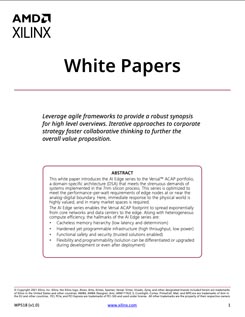- Applications
- Medical
- Multi-parameter Patient Monitors & ECGs
Multi-parameter Patient Monitors & ECGs
Create safe and secure monitors with precise multi-parameter
measurements and a responsive HMI
Multi-parameter patient monitors are mostly used in bedsides for patients, in Intensive care units, acute care units and emergency rooms in hospital or clinical settings. These equipment collects and reports continuous variables like an ECG or EEG, and sampled variables like temperature and blood pressure. Patient monitors of this kind have capability to display information, to send alarm conditions to alert staff, to collect and distribute radiological data and to monitor various life support systems among other functions.
Reliability, high resolution displays, accuracy, power management and security are just some of the key considerations for these patient monitors. These systems need to have the processing power, powerful enough to acquire, integrate, filter, and interpret several biotelemetry sources at once: at the same time providing alarm conditions, displaying data, sending and collating data from the network.
At the heart of a typical modern bedside multi-parameter patient monitor is a powerful System -on-a-chip like the Zynq Ultrascale+ MPSoC with the option of single, dual or quad core configurations along with connectivity to biometric analog modules, both wired and wireless connectivity, flash storage, USB, and supporting one or more high resolution local displays. Patient monitors are now battery operated and with a wall outlet, will be network enabled and will have the capability to send secure data to a hybrid/private cloud for analytics and storage.
Design Example
Here is a high-level block diagram to create a smart, connected, high performance low power patient monitor with a dual or quad core Zynq Ultrascale+ MPSOC with an optimally configured fabric depending on the performance per watt and BOM cost requirements. Depending on the architectural requirements and if it’s a lower-end monitor, a Zynq 7000 device can also be used.
The multi-processing ARM A53 system is very powerful and competitive to any ASSP devices out there. A complex requirement could support using a hypervisor with guest OS versions running Linux for a variety of tasks like control plane, monitoring, diagnostics and analytics. Many supported real-time operating systems like QNX, VxWorks, Micrium or ThreadX can be used for real-time tasks.
The clear benefits of a Zynq Ultrascale+ based architecture in a clinical patient monitor are:
- Perform Real-Time signal processing,
- Safety implementation potentially with TMR ensuring low risk and high reliability using the 3 separate power domains offered by the SoC
- Support for all sensory types with flexible customizable I/O
- An integrated xADC block for simple sensors and direct analog sensory connection with enhanced digital filtering, lower latency sensor monitoring and a high speed parallel digital Interface to the FPGA fabric
- Using the FPGA fabric to process critical events in real time with no need to wait for processor
- Handle your graphics needs and display processing into multiple displays with same or different content seamlessly
- And lastly, handle other intensive tasks as required with a combination of powerful embedded processors and offload to FPGA as needed

High-Performance and Adaptive Computing in Healthcare
New advances in technology are helping revolutionize the healthcare landscape. Download our eBook to uncover key industry challenges and learn how technology creates new ways to treat and diagnose diseases, power research, and enable doctors to perform surgeries with greater precision.




